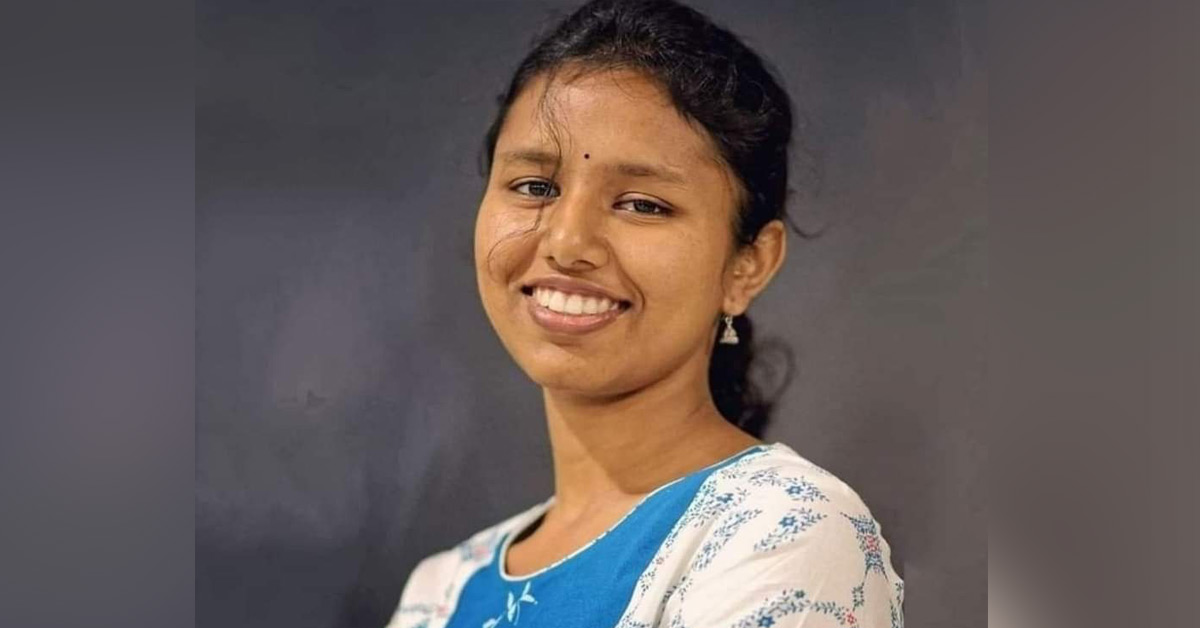
Barnali Das, who hails from Pathsala in the Bajali district of Assam, along with her supervisor, Prof Poonam Chandra, NCRA, and the team, discovered rare radio stars.
For the first time, the team led by Das introduced the appellation "MRP" last year to know the characteristics of these stars.
Barnali Das and Professor Chandra found that the star produces both left-polarised (LCP) and right-polarised vibrations.
It said that they had found a rare class of radio stars that are hotter than the Sun, with unusually strong magnetic fields and much stronger stellar winds.
The duo has performed the most comprehensive study of MRPs over an ultra-wide frequency spectrum. They have used two of the world’s leading radio telescopes: the uGMRT and the U.S.-based Karl G. Jansky Very Large Array (VLA).
The NCRA said the team had also identified three more such stars in the past using the GMRT. Therefore, of the total 15 MRPs known so far, 11 were discovered with the GMRT, of which eight were discovered in 2021 alone, thanks to the wide bandwidth and high sensitivity of the upgraded GMRT, the release stated.
"These findings are the fruits of a continuous review with the GMRT. So, this study especially resolves the mystery of MRPs, "it added.
The success of the GMRT programme has changed the notions concerning this class of stars. The NCRA said it has opened up a new window to study their exotic magnetospheres.
The success of the GMRT programme has revolutionised our notion of this class of stars. Though the first MRP was discovered in 2000, it was only due to the high sensitivity of the uGMRT that the discovery of more such stars was possible.
The survey’s success with the uGMRT suggests that the current notion of MRPs as rare objects may not be correct.
Rather, they are probably more common but are difficult to detect, "said Barnali Das, a PhD student at the NCRA-TIFR, who has been actively studying this phenomenon.
The research work by Barnali Das, Prof. Chandra, and the NCRA team has shown for the first time that the radio pulses transmitted by MRPs include a large amount of information concerning the celestial magnetosphere.
"The pulsed radio radiation from MRPs is the only apparent sign of the theoretical paradigms which predict tiny pops in large magnetic stars. They occur at particular spots in the magnetosphere of the star. These explosions have also been predicted to play a vital role in controlling the transport of wind materials encompassing the star. They can change the cosmic evolution as well, "Das notes."
Barnali Das has formerly worked as an intern at the National Centre for Radio Astrophysics, Pune.
Currently, she is a research scholar at the National Centre for Radio Astrophysics, Tata Institute of Fundamental Research (TIFR), Pune.

Barnali Das (in blue) with family
ALSO READ | Elephants Starving To Death In Zimbabwe
Sasanka Talukdar is a freelance journalist based in Assam, who has contributed several national and regional news outlets and publications. He is currently based in the Bajali district of Assam.